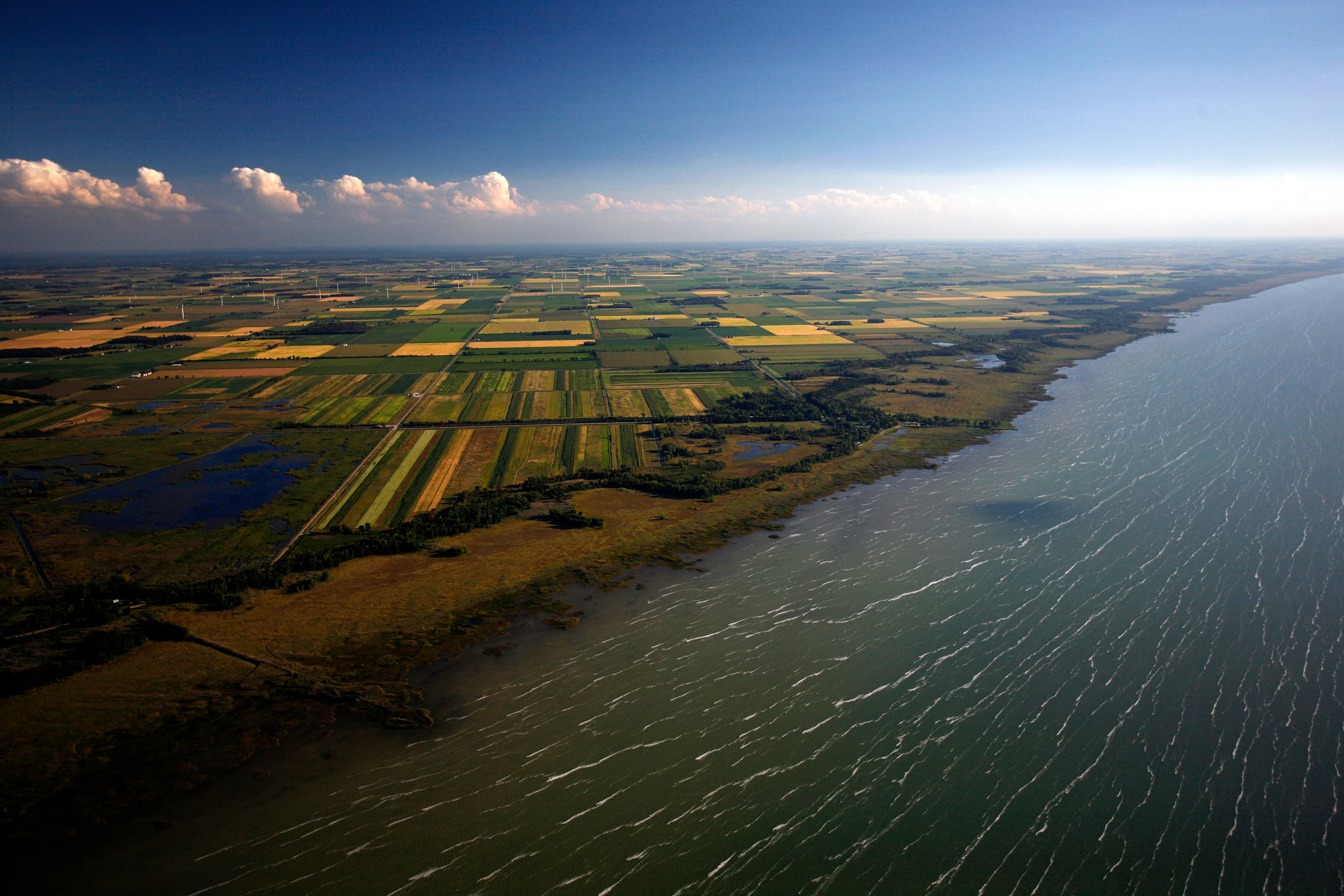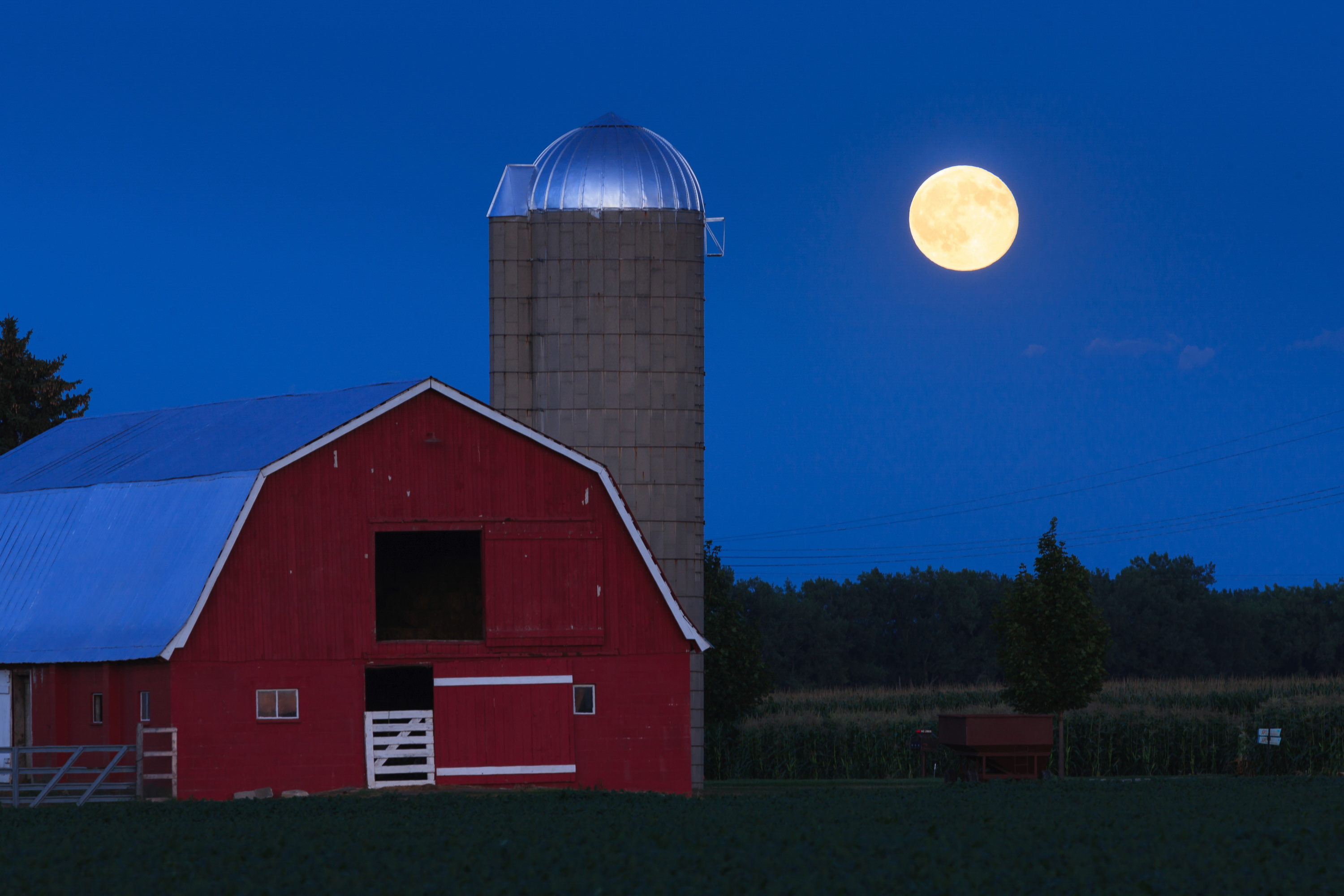A Brave New World for Water Solutions
By Michelle Carr, Former State Director, Illinois
With 71 percent of the Earth’s surface covered in water, the nickname “Blue Planet” seems apt—yet it’s also deceptive. Less than 3 percent of that water is fresh, and of that, only 1 percent is easily accessible for human use. This scarce natural resource that maintains all life on Earth is finite—we simply can’t make more water. And yet we have been using it in a way that’s unsustainable for both people and nature.
I recently joined Jim Lochhead, CEO of Denver Water; Luca Ruini, Health, Safety, Environment & Energy Vice President at Barilla; and Emilio Tenuta, Vice President of Corporate Sustainability for Ecolab on a panel at The Economist’s Sustainability Summit to discuss this very issue. In front of a packed house of CEOs, industry leaders and water experts, we discussed our precious freshwater resources and the threats they face. Through the dialogue with my fellow panelists, conservation colleagues, and business leaders during the Summit, one point became clear: we need a paradigm shift in the way we think about water.
For a long time, we have viewed our collective water issues through the lens of quantity and quality, asking ourselves: “How do we keep it clean?” or “How will we have enough?” Rather, we should collaboratively focus on placing appropriate value on our freshwater resources and the infrastructure (green and grey) that makes that water available for every aspect of human and economic endeavor. In other words, we need to move our focus to water security—and in doing so, we can expand the stakeholders involved, as well as our range of solutions.

It’s no secret that we already face severe water crises across the world. In some places, such as Cape Town or São Paulo, citizens face the threat of their reservoirs running dry. Miami and Mumbai, on the other hand, are anticipating catastrophic future flooding that could destroy their coastlines. But whether your region has too much or too little, there is no question that water issues are impacting us all: citizens, governments, utilities, businesses—and of course, nature.
And these threats will likely get worse. Climate change is already destabilizing the hydrological cycle—between 2013 and 2015 alone, more than 22 million people were displaced by floods and almost 30 million by storms. Add to that the fact that our population is growing rapidly—by 2050 there will be more than 9 billion people on the planet—putting unprecedented stress on fresh water resources and already-overburdened delivery systems. And over 90 percent of water use in water-stressed basins goes to agricultural production, the demand for which will only increase as populations increase and wealth rises. It’s a cycle that will play on repeat—and will likely mean increased water shortages and health crises if we don’t act soon.
Quote
There is no question that water issues are impacting us all: citizens, governments, utilities, businesses—and of course, nature.
Water utilities currently bear the brunt of these issues, and they are often tasked with finding solutions that can continue to deliver water inexpensively despite a plethora of challenges, from a legacy of outdated infrastructure to pollution from upstream sources that impacts water quality. Traditional solutions to these issues are building bigger dams, deeper wells, and more aqueducts. But the financing for this gray infrastructure is no longer sustainable, especially with the cost falling largely on utilities and rate payers.At the same time, businesses across the globe are facing their own water problems that threaten business models and supply chains. In fact, corporate leaders rank the water crisis as one of the top risks to global prosperity. Many companies have begun to assess their water risk, and what their solutions may be.

It’s time to enter the brave new world of solutions, and part of that means looking to nature. At The Nature Conservancy, we know that green infrastructure can play an important and economically viable role as we work towards water security. Protecting wetlands, forests and other natural areas that are located at our water sources provide valuable ecosystem services, such as filtering and retaining water, at a fraction of the cost of implementing traditional gray infrastructure. In addition, natural infrastructure is self-sustaining and cheaper, further offsetting the burden of cost.
For example, in the 1990s, New York City needed to demonstrate to state and federal regulators that it could comply with the federal Safe Drinking Water Act. As the city evaluated potential solutions, a water treatment plant option emerged—one that would cost $8-10 billion to construct, along with hundreds of millions in annual maintenance costs. Or, the city could meet federal standards by protecting water at its source for a fraction of the cost. Today, the city is investing $1.5 billion over 10 years to preserve the watershed that feeds the city’s 19 upstream reservoirs. The 2,000-square mile watershed remains 96 percent forested, and New York now has some of the cleanest drinking water in the world.

As I learned during our panel discussion, more utilities like Denver Water, which routinely invests in forest management upstream of reservoirs, are taking this approach. But to make a tangible difference for both people and nature, we have to scale the use of these natural solutions faster. And in order to do this, we have to break down silos and be more collaborative, involving private sector actors in green infrastructure development that proactively protects the freshwater resources we all need.
In my own backyard of the Great Lakes, we have seen how this dynamic can play out. Method, a pioneer of naturally-derived, biodegradable home, fabric, and personal care products, relies on water from the lakes—in fact, the number one ingredient in their goods is water. The company wanted to be accountable for their water footprint and help replenish it at the source, so their team approached TNC about how to turn this vision into reality. Now, through Method’s support, the Conservancy is working with farmers in Saginaw Bay, Michigan to improve their agricultural practices to protect water in the Great Lakes.
The Saginaw Bay watershed is a crucial area for Michigan’s agricultural production, but current and historical use of the land has impacted water quality in the bay. Through Method’s support, farmers are rewarded for implementing agricultural conservation practices such as no-till plowing, using filter strips, and planting cover crops that increase groundwater replenishment and also help slow soil erosion, filter runoff from farm fields, and improve water quality and flow. Method's goal is to replenish groundwater in equal amounts to the water used in its factory, targeting 30 million gallons of replenishment over 5 years.
As Ecolab’s Emilio Tenuta said during our panel discussion, “Collaboration is key to driving water stewardship, which is where we need to go.” When we change the way we think about water and how we value it, we open the doors to new solutions and new collaborations. These are essential if we want to take natural infrastructure to the scale needed to protect this natural resource, which is not only the lifeblood of our planet, but fundamental for society to grow.